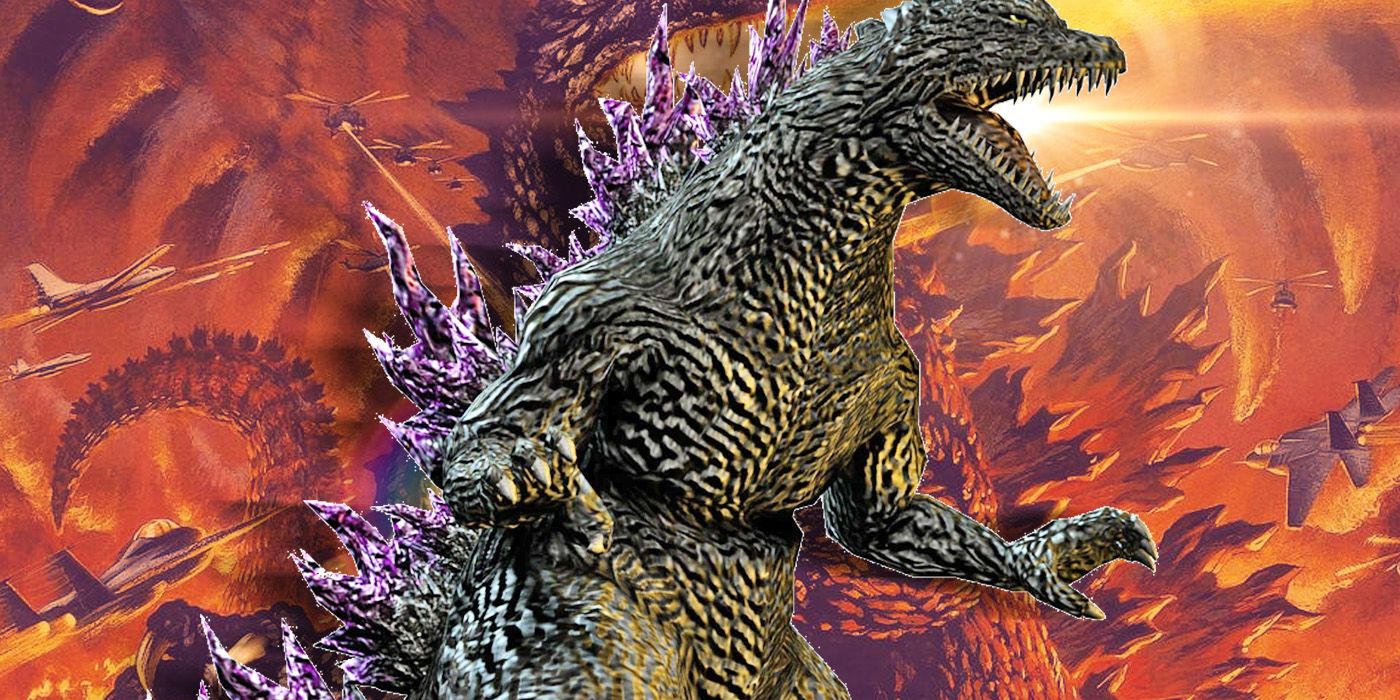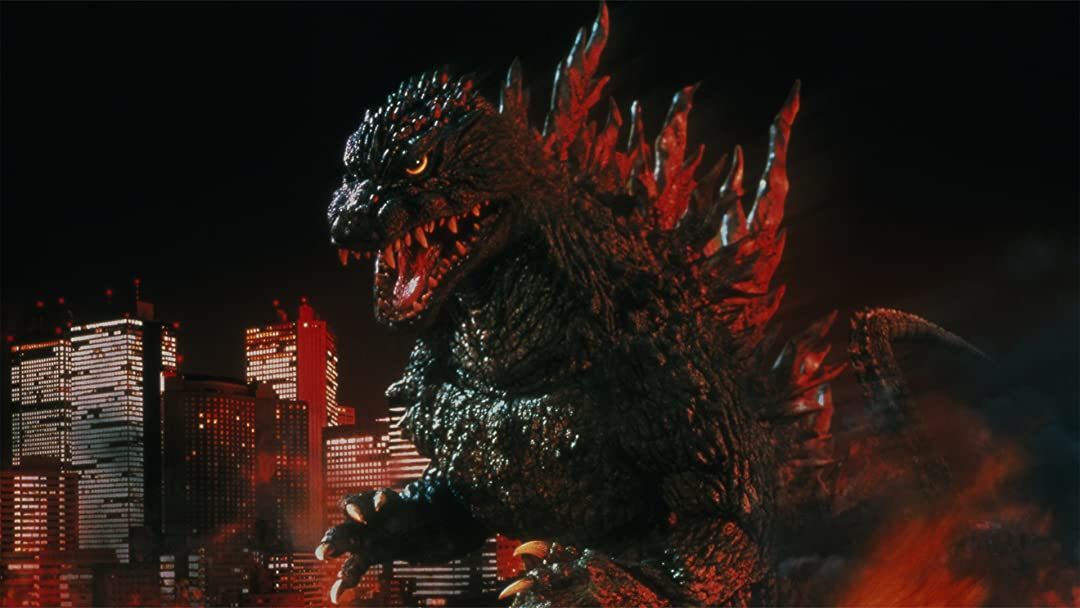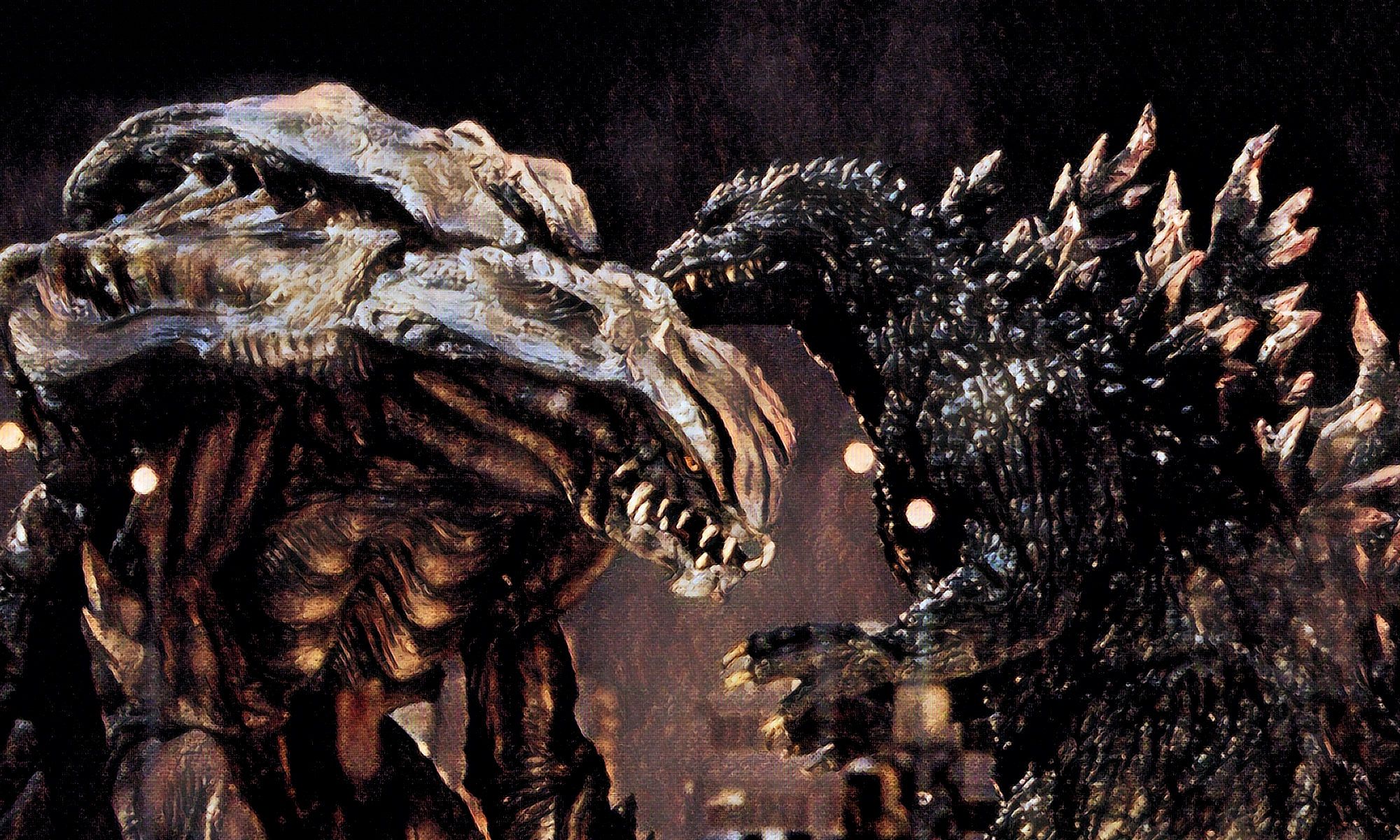This month marks the 20th anniversary of the North American release of Godzilla 2000, the first installment of the Millennium era reboot for the venerable kaiju franchise. Directed by Takao Okawara, the film would be the last Godzilla film to receive a wide theatrical release in the United States until 2016's Shin Godzilla after performing below box office expectations in overseas markets. While contemporary critical reception was similarly mixed, the film achieved a moral balance in the eponymous monster that encapsulated a debate that has raged between Godzilla fans for decades: Does the creature work better as a defender of humanity or its greatest scourge? For Godzilla 2000, the filmmakers simply decided that the kaiju should just be both.
Largely ignored the events of the preceding 22 Godzilla movies, Godzilla 2000 had Japan forced to adapt to periodic assaults by the kaiju, establishing Godzilla Prediction Network (GPN) to monitor and predict his appearances as a literal force of nature unleashed on the country on a semi-regular basis. As Godzilla battles the Japan Self Defense Forces (JSDF), an unearthed UFO that had lain dormant underwater in the depths of the Japan Trench for millions of years activates and attacks the kaiju. Analyzing Godzilla's genetic material, the UFO forces a rare retreat from the kaiju, astounding the JSDF and GPN.
The GPN's data on Godzilla's regenerative healing factor is stolen by the UFO before it announces its true intentions to change Earth's environmental conditions to facilitate the extraterrestrials in invading and rebuilding their civilization on the planet. The aliens plan to use the data it stole and analyzed on Godzilla to restore their physical forms, using the information to create its own kaiju known as the Millennian to challenge Godzilla before the imperfect cloning process causes it to mutate into the monstrous Orga, possessing all of Godzilla's incredible powers and abilities. After an epic confrontation, Godzilla succeeds in destroying both the UFO and Orga before turning his attention back to humanity, completely razing Tokyo now that the extraterrestrial threat has been neutralized.
When he was introduced in 1954, Godzilla was a committed antagonist, the product of atomic weapons testing that personified mankind's hubris and militaristic drive into a destructive force that laid waste to everything in his wake. This antagonistic depiction would continue for the first four films in the franchise until 1964's Ghidorah, the Three-Headed Monster that saw Godzilla and Rodan reluctantly team up with Mothra to save humanity from Monster Zero. This heroic turn would continue throughout the franchise's inaugural Showa era, eventually coming to an end with 1975's Terror of Mechagodzilla, with Godzilla gradually moving from his destructive rampages to being humanity's best chance for survival against rival monsters.
The franchise experienced its first reboot in 1984, with The Return of Godzilla, officially kicking off the Heisei era for the film series. Ignoring all but the events of the 1954 original film, Japan sees the rise of a new Godzilla exactly 30 years after the initial kaiju rose from the ocean. The film heralded the darkest era for the film series, with a grimmer tone, more graphic violence and Godzilla reverting to his villainous roots, only pausing his rampages across Japan to confront rival kaiju opponents from classic foes, like King Ghidorah and Mechagodzilla, to new monsters, including Biollante and Destoroyah.
Godzilla 2000 is tonally much lighter than the Heisei era, with a noted satirical and tongue-in-cheek sense of humor, poking fun at contemporary elements of Japanese culture as well as well-worn tropes of the franchise. The Heisei era could, at times, feel unrelentingly somber and self-serious for a film series about a gigantic, nuclear-powered reptile that fights other titans for global supremacy, with the fate of humanity hanging in the balance. And despite the more self-aware humor, Godzilla 2000 doesn't compromise Godzilla's destructive power, being able and willing to still turn back into a destructive force of nature upon humanity on a dime while occasionally changing its priorities to combat rival kaiju.
The resulting Millennium era, while the most short-lived and least successful commercially, was among the most critically acclaimed for the franchise's cinematic history for bringing back a sense of fun to the film series that had been glaringly absent during the Heisei era. This was all made possible by Godzilla 2000 striking the balance and finding a new direction for Toho Studios' long-running franchise, positioning Godzilla as a destroyer and protector all at once instead of a full-on hero or antagonist. While Japan's subsequent Reiwa era reimagined Godzilla as humanity's bane and the Legendary Entertainment MonsterVerse introduced him as a force for good, Godzilla 2000 found that elusive sweet spot honoring both, giving a wink at the audience as it reintroduced them to the King of Monsters.



